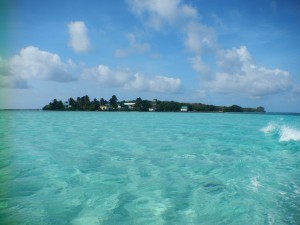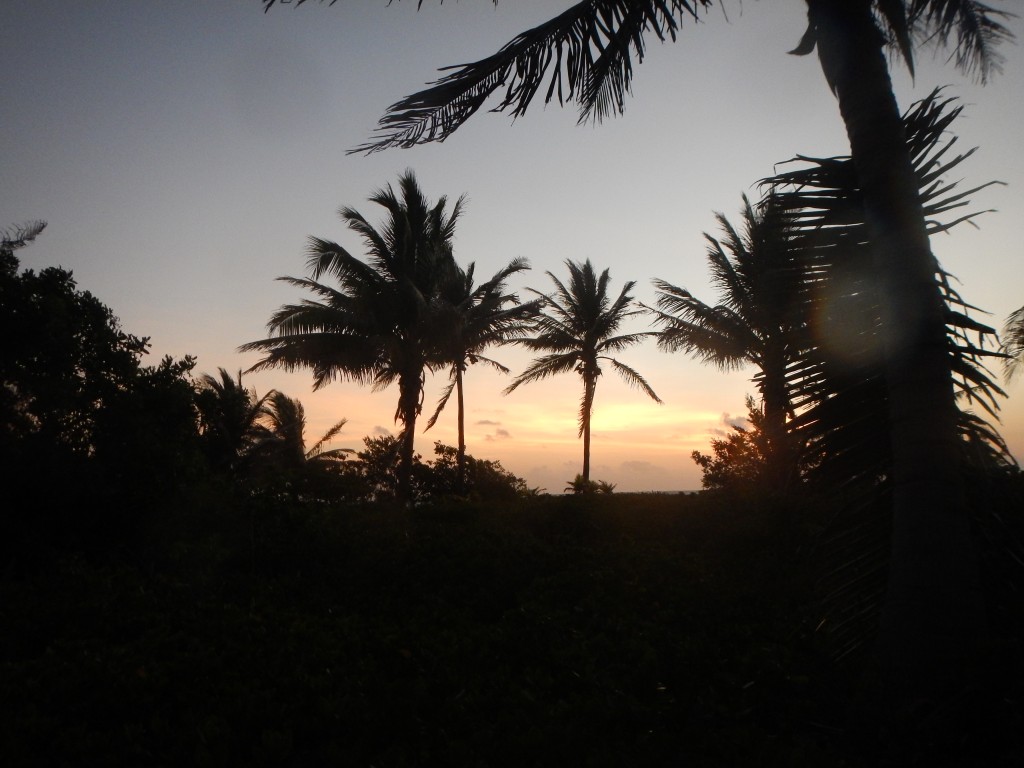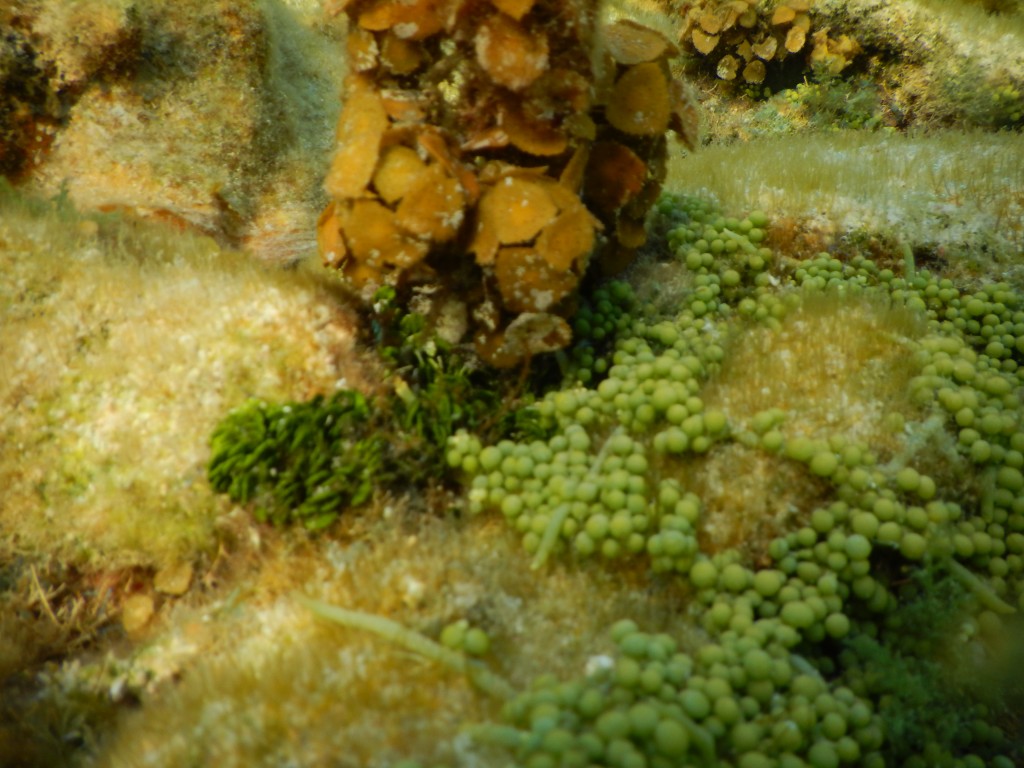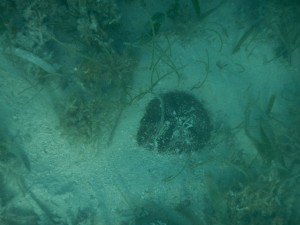Today was really cool because we brought a clear conservation viewpoint into our projects. In the morning, we created a project about marine debris. We had a dual purpose in this: beach clean-up and exploring the composition of marine debris on the windward side of the island.
In total, we picked up 41.22 kg of debris in an hour, and we barely scratched the surface of the trash that was washed up on the shore. By mass, almost 50% of the trash was plastics, but styrofoam also made up a large proportion of the debris picked up. Overall, the sheer amount marine debris found is quite disturbing, especially knowing that much of it could come from landfills.
After lunch, we braved the mosquito mangroves to explore another part of the back reef. Here, each group of two used quadrats to measure a single coral colony that had also been measured the year before. Hopefully we will be able to use these measurements to determine whether or not the colonies have been growing over the past year.

In terms of piscivorous fish, I saw a few identifiable species today. Most of these were seen during our night snorkel, which was super fun! Some species included squirrelfish, a tarpon, a porgy, and an invasive lionfish (whose venomous spines I almost swam right into). Overall, the night swim was probably my favorite snorkeling activity so far!













